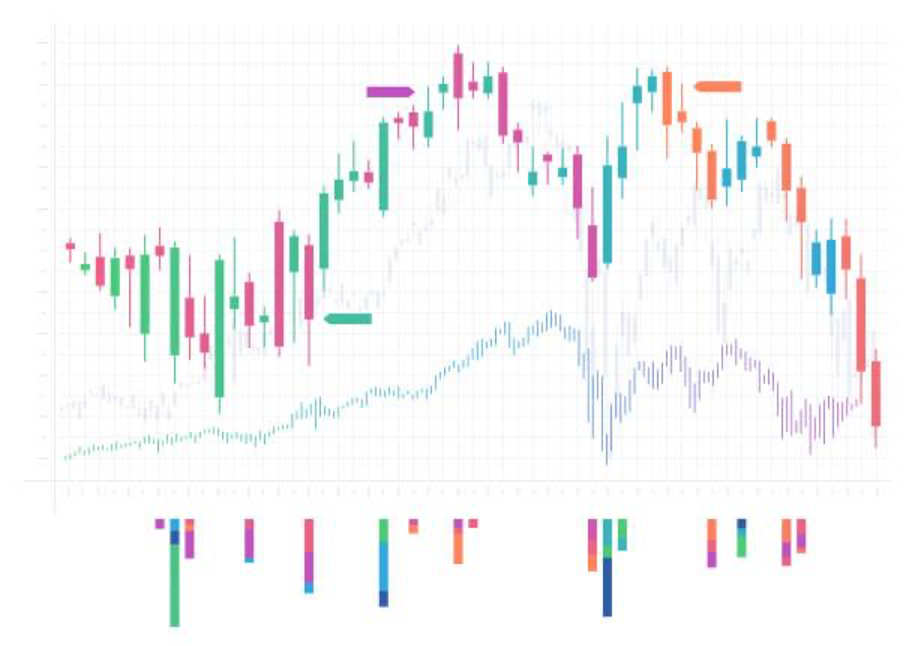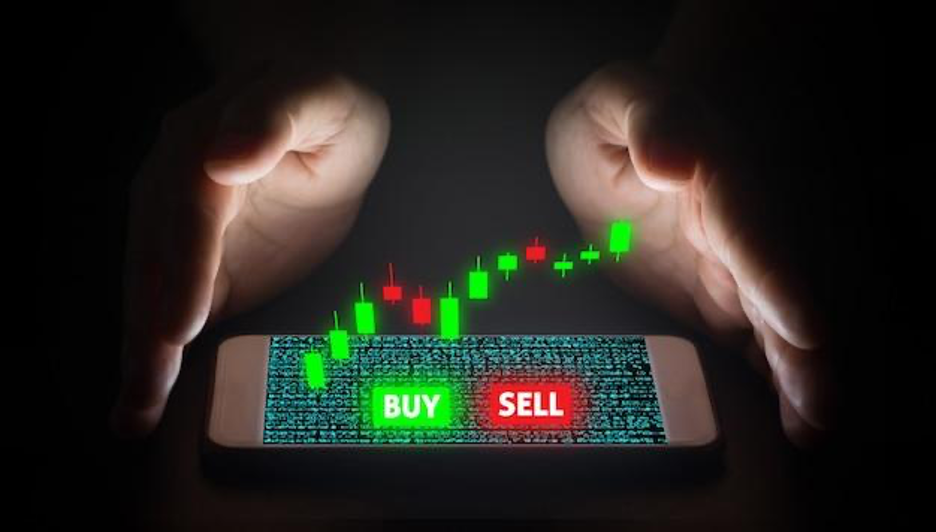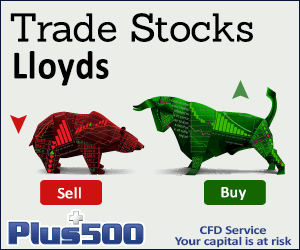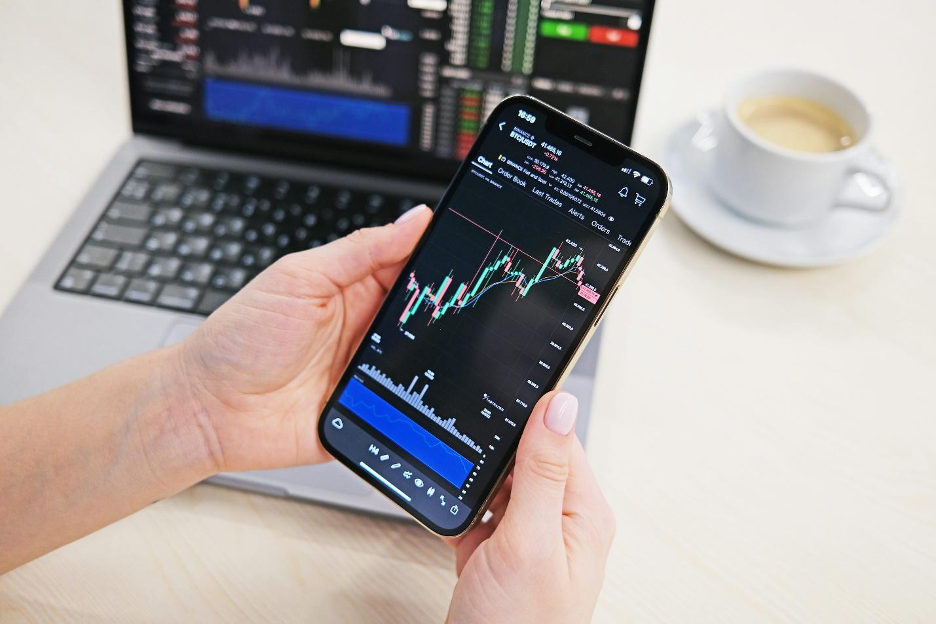How Does the Forex Market Work? A Beginner’s Guide by Xlence Analysts

Have you ever wondered how people make money from currency exchange? The forex market holds the answer. As the world’s largest financial market, forex offers endless opportunities for those who understand its mechanics.
Understanding how it works is the first step to making informed trading decisions. This guide by Xlence experts covers the essentials of forex trading so you can approach the market with clarity and confidence.
What Is Forex Trading?
Forex, short for foreign exchange, is the process of exchanging one currency for another. While global businesses and travelers exchange currencies for practical reasons, forex traders aim to make money from exchange rate fluctuations. Since currency values change due to economic, political, and geopolitical events, traders speculate whether one currency will go up or down against another.
Note that currencies are always traded in pairs. Each forex pair consists of a base currency (the first in the pair) and a quote currency (the second in the pair).
Their exchange rate denotes how much of the quote currency you need to buy one unit of the base currency.
For example, in the EUR/USD pair:
- EUR (Euro) is the base currency
- USD (US Dollar) is the quote currency
If the exchange rate is 1.10, it means 1 EUR = 1.10 USD
The forex market is the world’s most traded financial market, with over $6.5 trillion in daily trading volume. It has an over-the-counter (OTC) model, meaning all trades happen electronically via a network of banks and brokers rather than through a centralized exchange.
Xlence is a leading broker that efficiently connects users with this fast-moving market. With a feature-rich environment, multiple trading tools, and fast execution, the broker provides an ideal platform for traders seeking opportunities in forex.
How Forex Trading Works
Forex trading is done electronically through trading platforms. Traders buy and sell currency pairs based on their market predictions.
If a trader thinks a currency will go up, they buy the pair (go long). If they think the currency will go down, they sell the pair (go short).

Source: https://www.freepik.com/premium-photo/hand-man-using-smartphone-trading-with-virtual-screen_5113153.htm
For example, if a trader thinks the GBP/USD will increase in price, they place a buy order. If the price moves in their favor, they can acquire gains. If the price drops, they lose.
Forex trading involves the following key concepts:
Bid and Ask Prices – Every listed currency pair has a bid price (the price you can sell at) and an ask price (the price you can buy at). The difference between these prices is called the spread, which represents the transaction cost or broker’s fee. A smaller spread means lower costs for traders, while a larger spread can indicate higher trading expenses or market volatility.
Leverage – Forex trading allows traders to control bigger positions with smaller capital using leverage. Leverage is expressed as a ratio, such as 1:100 or 1:1000, meaning that for every $1 in their account, a trader can control a position worth $100 or $1,000.
While leverage can boost profits, it also increases the risk of losses, so risk management is key.
Margin – It is the amount of money required to open and maintain a leveraged position. It is like a security deposit for the trade. If you do not have enough margin to support your position, the broker may issue a margin call and ask you to add more funds or close some positions to prevent further losses.
Pips and Price Movements – A pip (percentage in point) is the smallest price movement in forex trading. Most currency pairs are quoted to 4 decimal places (e.g., EUR/USD = 1.1050). Here, a movement from 1.1050 to 1.1055 is called 5 pips.
Market Orders and Limit Orders – You can place different types of orders to manage your trades:
- A market order executes instantly at the current price.
- A limit order executes when the price reaches a certain level.
Trading Sessions – The forex market is open 24 hours a day, 5 days a week, covering major financial centers around the world. Its main trading sessions are:
- London Session – One of the busiest sessions with high volume activity.
- New York Session – Overlaps with London session, enhancing volatility.
- Tokyo Session – Active during Asian hours.
- Sydney Session – The first market to open each week.
Fundamental and Technical Analysis in Forex
To understand the forex market movements, traders need to consider both fundamental and technical perspectives.
Fundamental Analysis focuses on economic indicators, central bank policies, and geopolitical events that affect currency values. For example, if the US Federal Reserve raises interest rates, the USD may go up as investors opt for higher returns.
Technical Analysis is about studying historical price data, identifying trends, and using indicators like moving averages and support/resistance levels to make trading decisions.
Combining both forms of analysis is a complete approach to market movements.
Conclusion
Gaining full command over the forex market is not something that happens overnight. It requires continuous learning, practice, and experience. Understanding how prices move, learning to read forex quotes, and applying fundamental and technical analysis are the steps to becoming a successful trader.
With the right knowledge, tools, and strategy, forex trading can be an exciting and rewarding journey. Xlence is a notable broker who supports traders with easy-to-use tools, competitive conditions, and platforms like Meta Trader 4, streamlining their market journey.

























Comments (0 comment(s))